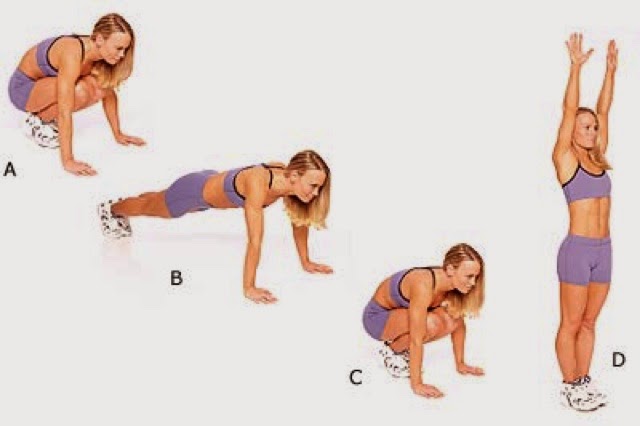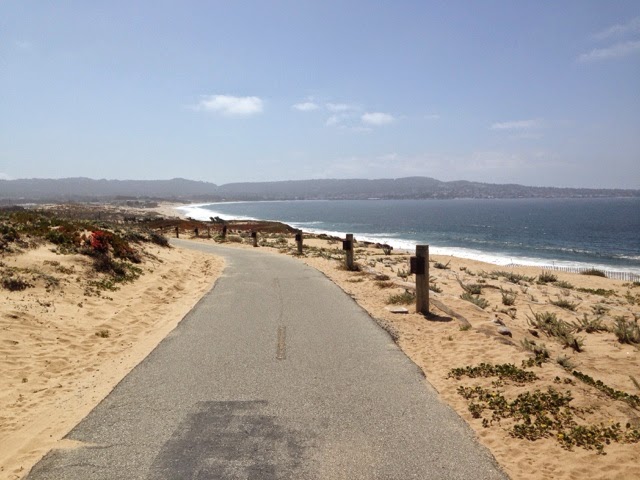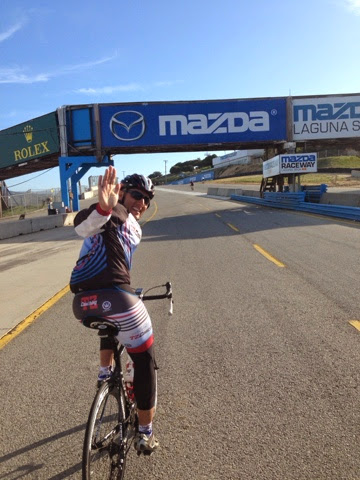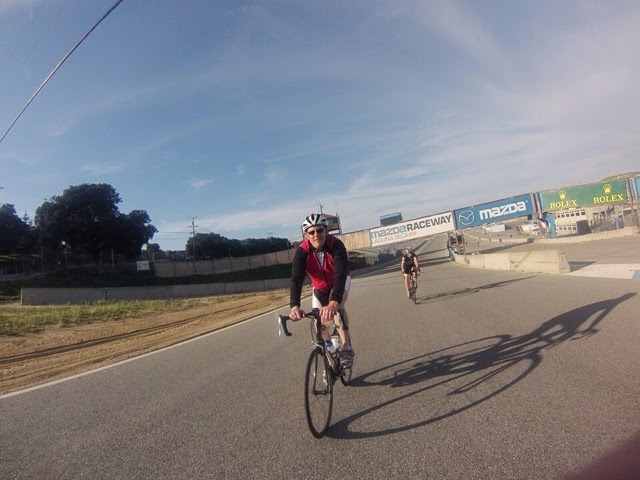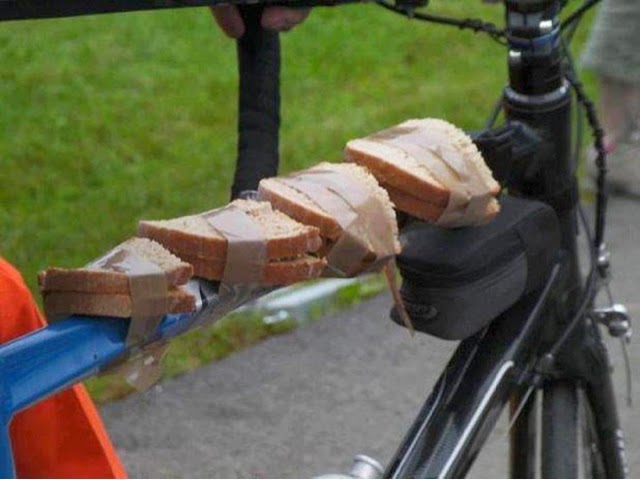First, I have to thank my coach Tony Zamora for another great training camp. For information on training camps by TZcoaching you can check here http://www.tzcoaching.com/service/training-camp/ . First, I’m blessed to have the opportunity to get away for a week, and travel somewhere nice to get a lot of good riding in. I can’t say enough about the TZcoaching camp in Monterey, CA. Second, I have to thank Chris Burnham, at Burnham Coaching, and Frank, at Bay Bikes. Chris, for the helpful seminar on mobility, and Frank for the bike support all week. Lastly, I want to thank Tony’s wife Michelle, and my wife Anne for all the SAG support, and for putting up with a bunch of cyclists like us for a week on our rides.
There’s a lot of debate about the necessities of training camps. I always hear a lot of athletes grumble that they can accomplish the same things in their own training at home. Possibly…..but will they? Especially this year, with the nasty cold Chicago weather we had, and extremely limited times to get outside and ride, I know I wouldn’t have had the opportunity to get on my bike this early and this often. Not to mention the opportunities you have to train and talk with coaches about anything you need, and have support for extra long or hard rides. Being that I struggle with overuse use injuries myself, I especially enjoyed working with Tony and Chris on mobility during our down time. Besides those things, it was just great to get out of my normal environment, and train some place that had mountains and hills worth mentioning.
What specifically do training camps do for my training?
Well, last year I came back from camp a much stronger rider. The mountains in California made the little rollers in Illinois seem like nothing. It gave me something to train for during the winter, and keep me motivated to get in those long trainer rides leading up to camp. It challenged me at the perfect time of year to climb harder and go faster than I normally would. It put a perfect training peak in my training periodization schedule. Putting me out there with other cyclists and coaches also pushed me harder than I would have mentally been capable of on the trainer at home. There was one ride I physically put out an average power output only a few watts shy of my previous functional threshold power for more than 4 hours! Being out on the road and challenging myself to keep up with others at the camp made that possible. Lastly, talk to me in a few weeks! I’m exhausted! as I should be! The benefits of my efforts should be appearant in a few weeks as I recover from camp. I’ll expect to start the riding season with a higher FTP and improved aerobic endurance.
What did I learn from training camp this year?
First, I learn a lot about myself and how far I can push myself. As I mentioned before, just being here with other riders and the competitive spirit pushes you. I have the power data to record and learn from those efforts. But I was also pushed by the different terrain/environment. Our Fremont Peak ride was so much climbing, and so steep, that the last two years I’ve tested up it I put out more than 10% more power than I tested at on the trainer during the winter leading up to it. The quest to the peak, and constant need to crank the pedals over to keep moving forward, forces you mentally to show yourself what you are capable of.
Second, I always learn about nutrition and fuel for long efforts at camp. It’s a perfect opportunity to dial in your nutrition, and if you have questions there are coaches there to ask.
Third, I learned about my diet off the bike! Going out to eat with the other riders didn’t workout so well for my stomach. About mid week I started having some stomach issues. I’m sure it was due to the fact I was eating things my body is not used to eating. I learned I need to do a better job with my food choices, while I’m away from home, to keep up with my own well being.
Fourthly, I learned a lot about mobility and nutrition from Tony and Chris at Chris’s new studio at Bay Bikes. Chris started the day with a talk about foam rolling, and other devices, to help us recover and break up adhesions we create with all our hard training. I knew the importance of this before, however, it was great to get some new ideas for recovery and rolling routines, see the latest devices out there, get Chris’s suggestions on how to use them, as well as have Tony/Chris show me what I should be doing for myself on a daily basis to stay supple.
Lastly, I learned to love training a little bit more again. Let’s face it, it’s been a long hard winter for most of the country this year. And for myself, life has gotten in the way of my own training this off season. TZcoaching training camp was just what I needed to come back home fresh and full of ideas for my own training, and for clients’. As I write this on the plane ride home I’ve already gone through and jotted down tons of thoughts for making this year better for myself, for TZcoaching athletes, and Lifetime Fitness athletes’ coming out on our weekend training rides this year, and for potential private clients. I can’t wait to get home and start a new year of training!
Questions? Feel free to comment or email me at coachmeulen@tridogz.com
I’ll leave you with a few pics from camp. But stay tuned to www.tzcoaching.com for more pics. We have tons of pics to go through this year and I’m sure Tony will share some soon.


